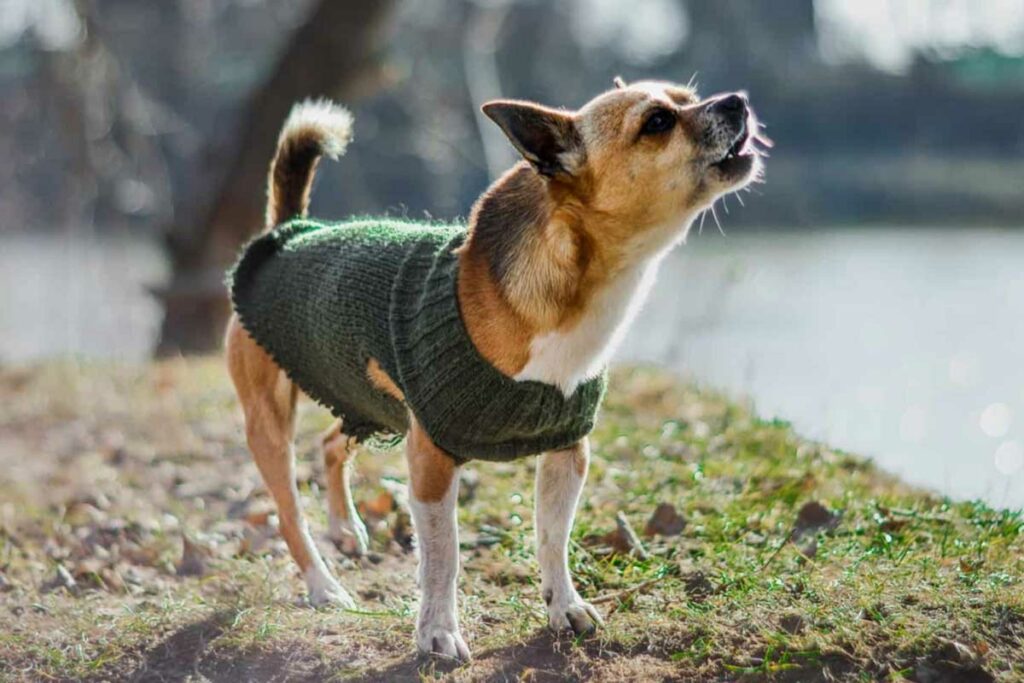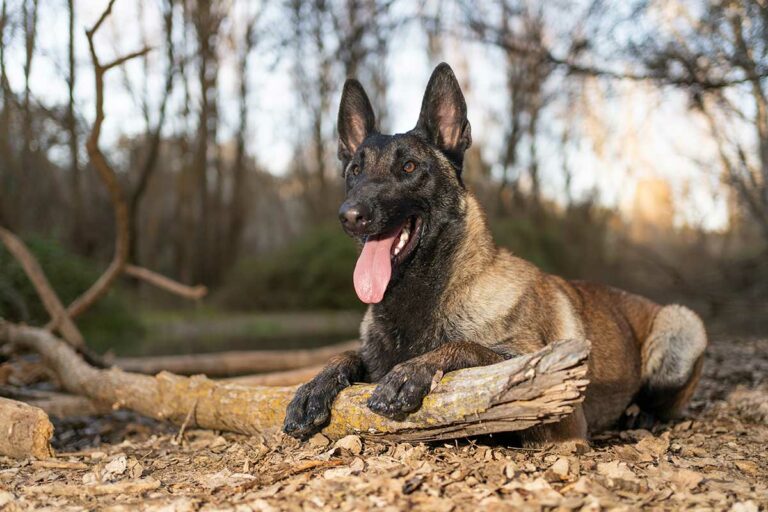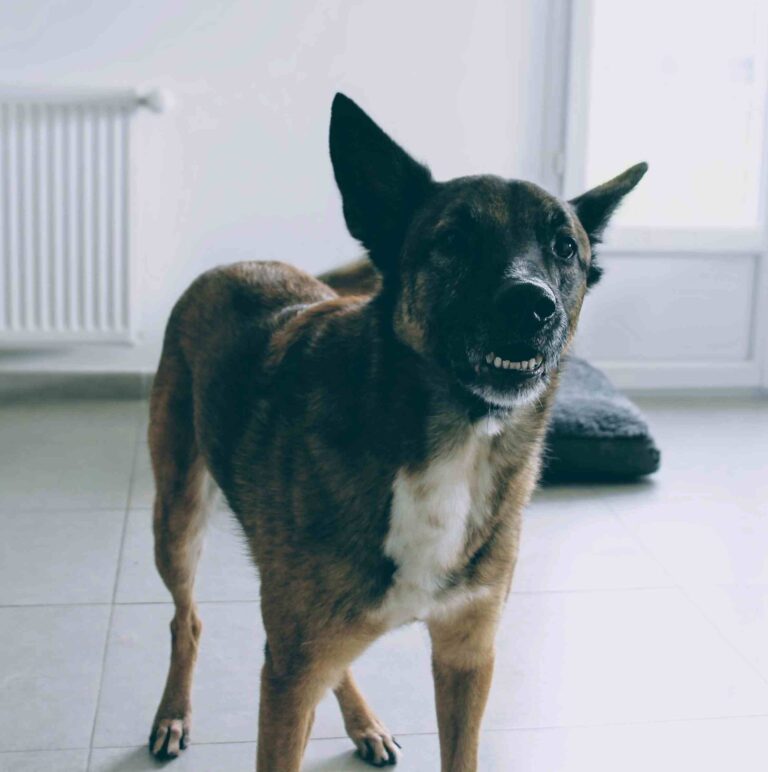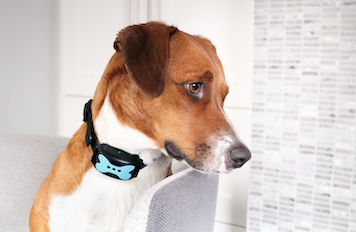Although the answer is a resounding, YES, we wanted to take a few moments to really break down this question for folks. But before we dive too deep into the answer, I want to break down some definitions within the question.

The first word I want to break down is “aggressive.” According to Dictionary.com, aggression is “hostile or violent behavior or attitudes toward another; readiness to attack or confront.” Hostile or violent doesn’t really help describe what dog behavior is, so another type of definition we use is an “operational definition”. An operational definition defines a behavior in observable terms, so aggression would be described as “lunging, biting, attempting to bite at a stimulus”. The other thing you may notice is that I am defining aggression as a behavior, not defining the dog as aggressive. That’s because behavior consultants don’t like to label dogs as “bad” or “aggressive”, instead we focus on the behaviors and the conditions under which those behaviors occur. A dog that one person might find very aggressive on the street may be the biggest baby at home. The specific environment the dog is in might bring about certain behaviors (Cooper et al., 2020). Treating these behaviors is what behavior consultants are trained to do.
And this brings us to our next word, “positive reinforcement”. Positive reinforcement is the process by which a behavior increases in the future probability of occurrence when it is followed by a stimulus. An easy example is giving your dog a treat after it complies with a command – if the frequency of your dog complying with that command the next time you ask increases after you give the treat, you have positive reinforcement. Back to thinking about problem behavior. Not only are commands reinforced, but other types of environmental stimuli can serve as reinforcers as well. Pulling on walks to get closer to a smelly piece of grass might be a reinforcing situation which will increase the likelihood of pulling in the future.
In treating problem behavior such as aggression, positive reinforcement can be used to increase the probability of alternative behavior in the presence of aversive stimuli; common ones are “watch me” and giving the dog a treat for looking at you instead of the stimulus, or alternatives like “sit” or “down” in the presence of the aversive stimuli. Providing positive reinforcers for these alternatives gives your dog something else to do that is more appropriate and productive.
To target these difficult situations more directly, many behavior consultants will use strategies such as pairing to reduce the aversiveness of the situation itself with high valued treats (Echterling-Savage et al., 2015; Salmeron et al., 2021). Pairing occurs where two things are linked through an association, such as providing treats in the presence of the aversive stimuli. By associating the potentially aversive situation with good things, the situation becomes less aversive for the dog and you are less likely to see aggressive behavior. Some consultants start here and then work their way to introducing operant behaviors using positive reinforcement.

Regardless of the approach, it is possible (and encouraged) to use positive reinforcement strategies to treat aggression. If you have specific questions on how to address this, don’t hesitate to reach out to Beyond the Dog, LLC.
Citations
Cooper, J. O., Heron, T. E., & Heward, W. L. (2020). Applied behavior analysis (3rd Ed.). Pearson Education.
Echterling-Savage, K., DiGennaro Reed, F. D., Miller, K. L., & Savage, S. (2015). Effects of caregiver-implemented aggression reduction procedure on problem behavior of dogs. Journal of Applied Animal Welfare Science, 18(2), 181-197. https://doi.org/10.1080/10888705.2014.977383
Salmeron, M. C., Payne, S. W., & Hegr, A. B. (2021). Functional analysis and treatment of feline aggression in an animal shelter. Behavior Analysis: Research and Practice, 21(2), 128–139. https://doi.org/10.1037/bar0000185




